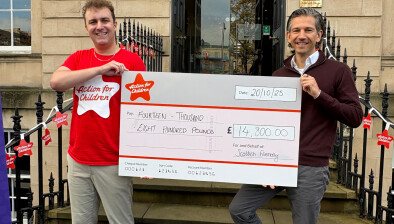Scots ‘buck UK trend’ by increasing investment contributions for third consecutive quarter

The amount invested into new stocks and shares ISA policies in Scotland has increased for the third consecutive quarter, according to new data from Scottish Friendly.
New ISA policy contributions increased 16% between Q1 and Q2 of this year followed by a 2% increase in the three months to September.
In contrast, the value of new policies opened across the UK has remained flat over the past two quarters, rising by just 3% in Q2 before falling by 2% in Q3.
However, despite the increase in the amount invested in Scotland, the number of new stocks and shares policies opened by Scottish investors fell 11% in Q3, mirroring the wider UK trend (-12%).
As for junior stocks and shares ISAs (JISAs), the number of new polices opened in Scotland rose by 5% in the three months to September, while on average the UK registered a 2% drop.
Despite this, the amount invested by parents into these new JISA policies was 11% down on the previous quarter, more than the UK average (-6%).
Jill Mackay, savings specialist at Scottish Friendly, said: “Investors in Scotland continue to buck the UK trend by upping their contributions into new ISA policies.
“Generally speaking, we know that families are still feeling the pressure from rising living costs and that this is having an impact on their ability to save and invest.
“But the data suggests that in comparison with the rest of the UK, people in Scotland have a little more flexibility over their finances and are still able to look to harness the growth potential of the stock market through a tax-efficient ISA.
“Saving rates have gradually improved as the Bank of England has raised base rate, however finding a rate of interest greater than the rate of inflation still remains a challenge.
“Investing can help as it provides the possibility of growing your money over the long-term.”








